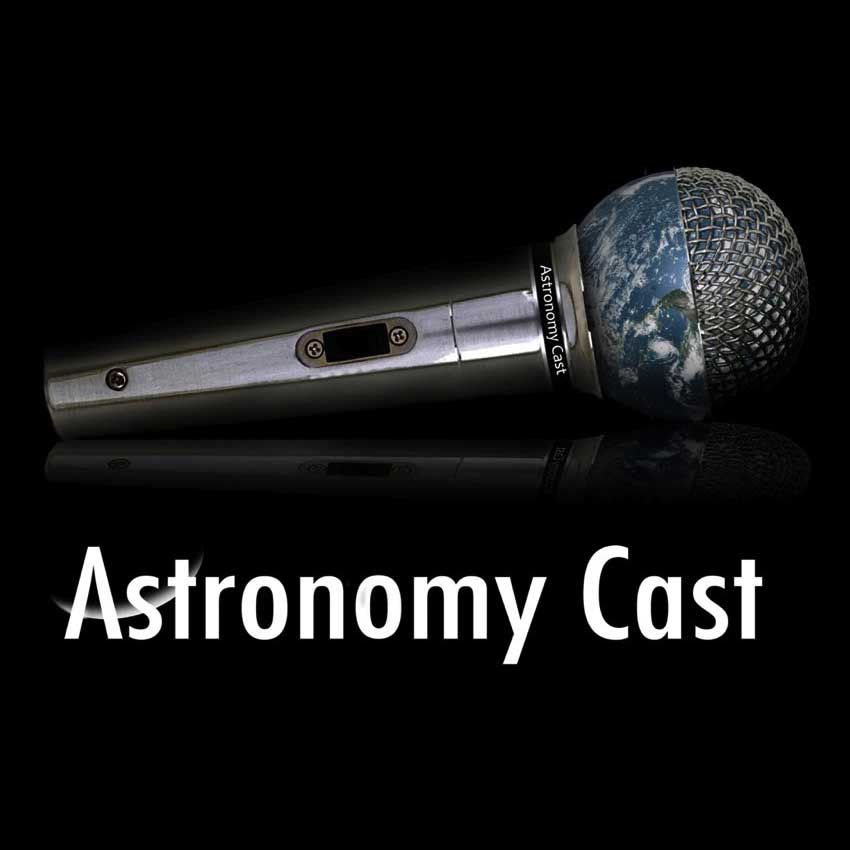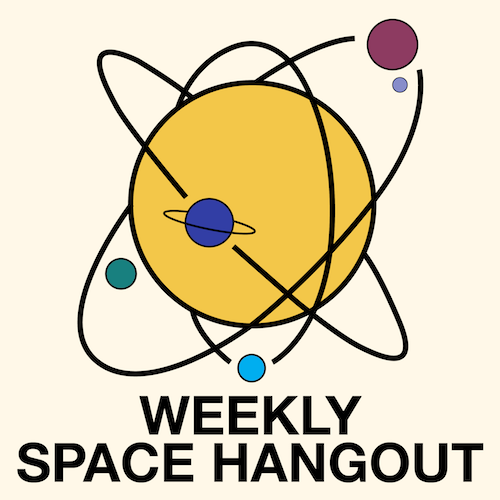Good news! There are hundreds if not thousands of times more of them than worlds like Earth. Bad news? They’re locked in ice.


Good news! There are hundreds if not thousands of times more of them than worlds like Earth. Bad news? They’re locked in ice.

Gravity is always pulling you down, but there are places in the solar system where gravity balances out. These are called Lagrange points and space agencies use them as stable places to put spacecraft

To move around in space, you need some kind of propulsion system. And for now, that means rockets. Let’s learn the underlying science of rockets, and how they work.

What happened to the Opportunity rover? How about 21P/Giacobini-Zinner? more at #365DaysofAstro. And lets celebrate Astronomy Cast’s 500th Episode!


We started out Astronomy Cast with the controversial decision to de-planet Pluto. And here we are, more than a decade later, at the brink of recording our 500th episode when another big decision is coming down from the IAU: Whose name goes on the concept that our Universe is expanding: Hubble or Lemaître?

Let’s start the clock again, and see what happens to the smallest stars in the Universe; and what happens to the largest.

The Search for Water on Mars and how this ties into the search for life on the Red Planet. #365DaysOfAstro


Magnetic fields are everywhere and we’re talking about the gigantic magnetic fields that surround planets, stars, galaxies and some of the most exotic objects in the Universe.